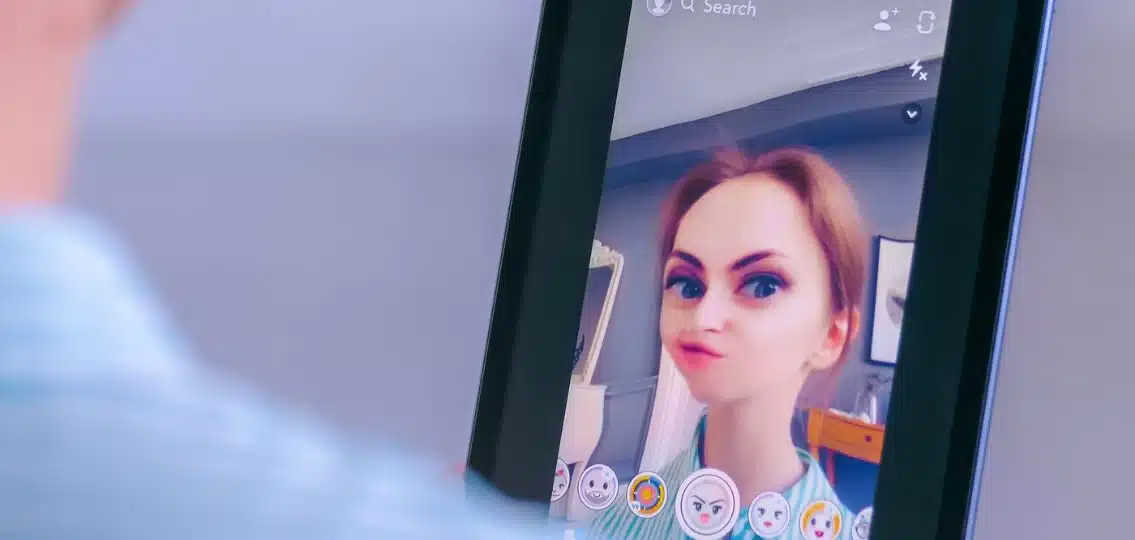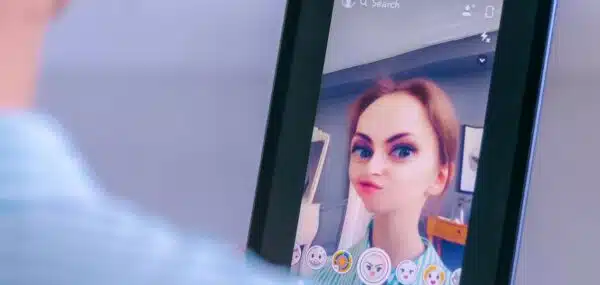There’s a learning curve to any social media, especially when so much social capital relies on your knowledge of how it functions. When I got Snapchat in my junior year of high school, I already felt behind the curve because my peers had been using it since middle school. They knew to keep up their streaks every day, and wouldn’t take a selfie without a filter attached. So if you’re new to the world of Snapchat, take a deep breath and dive in with me as we dissect how to use the app — the good, the bad, and the filtered.
What is Snapchat?
Snapchat is a social media app where nothing’s permanent — messages disappear, photos can be set to open only once, and there’s no public archive of your posts like on Facebook or Instagram. The ephemeral nature of Snapchat creates a “had to be there” mentality that lots of young people are drawn to. And if you missed it? Well, it’s just another moment of FOMO.
FOMO
FOMO, meaning “fear of missing out,” is one of the big symptoms of the digital era. Using snapchat offers yet another way to show you when your friends are doing something cool — and when they’re doing it without you.
If you let Snapchat track your location, Snap Map shows your friends where you are and vice versa. (Snapchat+ subscribers can also see location history.) This feature makes it easy to figure out if your friends are hanging out without you — and for other people to figure out your location, down to the city block. Creepy.
Camera, Filters, and Snapchat Dysmorphia
Looking at the selfie camera — you might notice your face looks a bit different. Beauty filters are pervasive on social media (think Facetune, or the Photoshop tricks that magazines and advertisements have been using for years), but Snapchat takes it to another level by subtly modifying your face on the main camera, even without adding a filter. Snapchat does not officially confirm that they do this, but in a poll of my social circle, we all agree — Snapchat has changed how our faces look in pictures, even if we don’t want it to.
Snapchat offers lots of filter options — and everyone seems to have a favorite way to edit their pictures, from flower crowns to dog ears. But be warned: Snapchat filters have been under fire before for promoting Eurocentric beauty standards by making faces and noses thinner, lightening skin, and making eyes bigger.
There is also an unofficial subsection of body dysmorphia, Snapchat dysmorphia, where people feel uncomfortable looking at their real face, expecting what they see on the app instead. It’s not in the DSM-5, but plastic surgeons have seen a widespread statistical increase in requests for cosmetic plastic surgery, often credited to the desire to look better on social media, or more like their filtered image, regardless of physical consequences (think the buccal fat removal trend).
A Quick Guide re: How to Use Snapchat
Adding friends
Snapchat generates a QR code unique to your profile, which makes it easy for people to add you to their friends list. The downside? If you post it anywhere public, you run the risk of being added by total randos. Be careful who you accept as your friend on Snapchat. (Or any other app!)
Chatting
You can set messages and snaps (photos) to disappear immediately after they’re seen or remain visible for 24 hours. You can also set messages (not snaps) to remain visible if someone saves them to the chat log.
Warning: Be careful what you share on Snapchat. The temporary nature of messages and photos may be appealing, but there is nothing to prevent the receiver from taking screenshots of your messages and snaps. Privacy is not guaranteed online, even if an app seems designed to make interactions private.
Streaks
What’s that fire emoji, and why is it next to your friend’s info in your inbox? That’s the streak emoji, meaning you’ve exchanged snaps with this person for at least three days in a row.
The streak emoji only counts images between two people. Group chats and direct messages do not count as keeping your streaks up.
Streaks can hold serious stakes for some people — if you don’t check your phone one day, you could lose weeks or months of streak with a friend. It’s one of the ways that Snapchat fuels the addictive nature of their app, keeping you checking it multiple times a day.
Understanding Snapchat: The Emojis
Speaking of emojis … there’s plenty of other ones you might see next to a friend’s name in your inbox. Here’s a quick guide to deciphering what snapchat emojis mean!
👶 Baby Emoji:You’ve recently added them as a friend!
🌟 Glowing Star Emoji: They’ve replayed a snap you sent to them sometime in the past 24 hours.
💛 Yellow Heart Emoji: Congrats, they’re your Snapchat Best Friend! (Defined by how many snaps you exchange — does not include group chat messages or texts.)
❤️ Red Heart Emoji: Nice, you’ve been Best Friends for two straight weeks!
💕 Two Heart Emoji: You and this person have been Best Friends for two months!
😊 Smiling Face with Smiling Eyes Emoji: While they aren’t your Snapchat BFF, they’re close (friends) — this emoji is for the rest of your immediate Snap circle.
😬 Grimacing Face Emoji: Eek, you and this person have a shared #1 Best Friend.
😎 Smiling Face with Sunglasses Emoji: You and this person share at least one close friend — chances are they’re in the same social circles.
🔥 Fire Emoji: You and this person have sent snaps to each other for at least 3 days straight! The number of consecutive days appears next to the emoji.
⌛️ Hourglass Emoji: Hurry, looks like the 24-hour timer on your Snapstreak is running out. Both of you need to send a snap! (Does not include group messages or texts.)
🎂 Birthday Cake Emoji: It’s this friend’s birthday!
💯 Hundred Points Symbol Emoji: A special emoji, only seen when you and your friend reach a 100 day Snapstreak.
Conclusion
Just like every other social media app, Snapchat can be a fun way of staying in touch with your friends — just don’t forget to stay in touch with yourself, too. And when it gets to be too much, there’s no shame in logging off.



